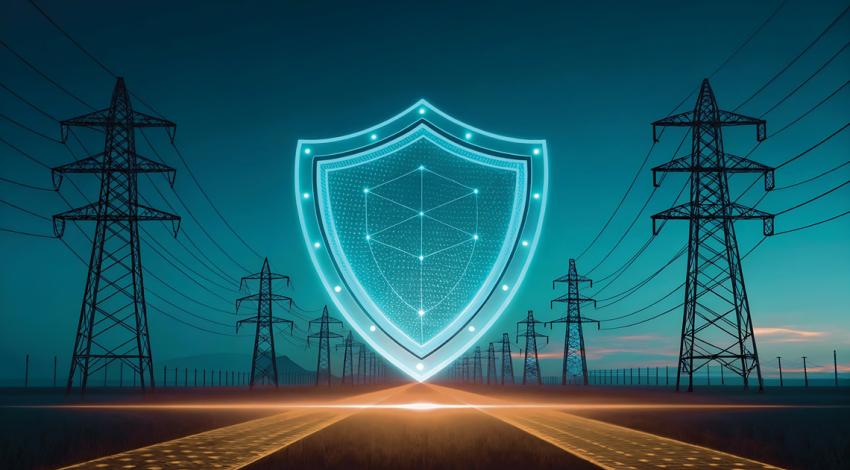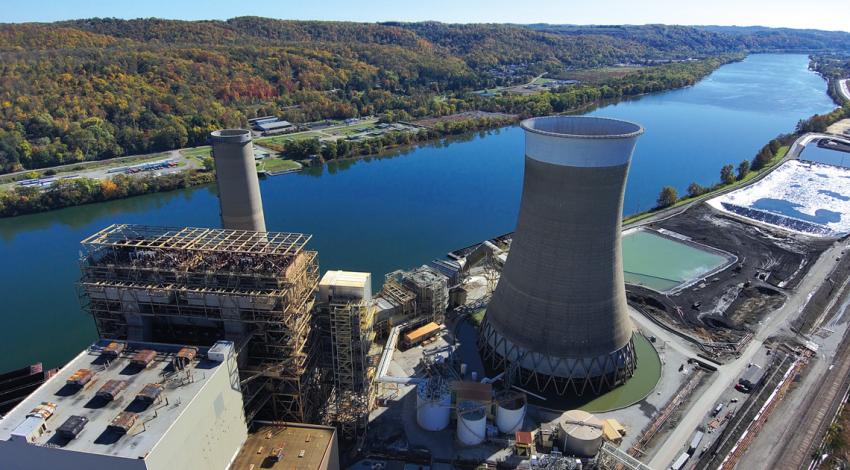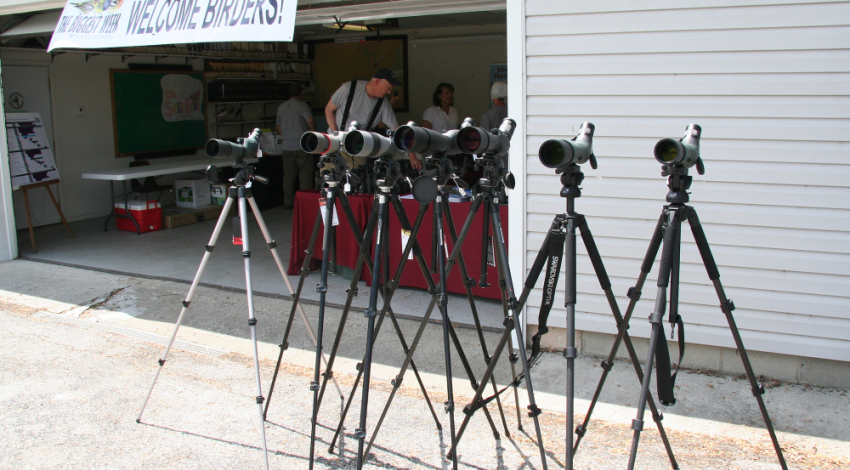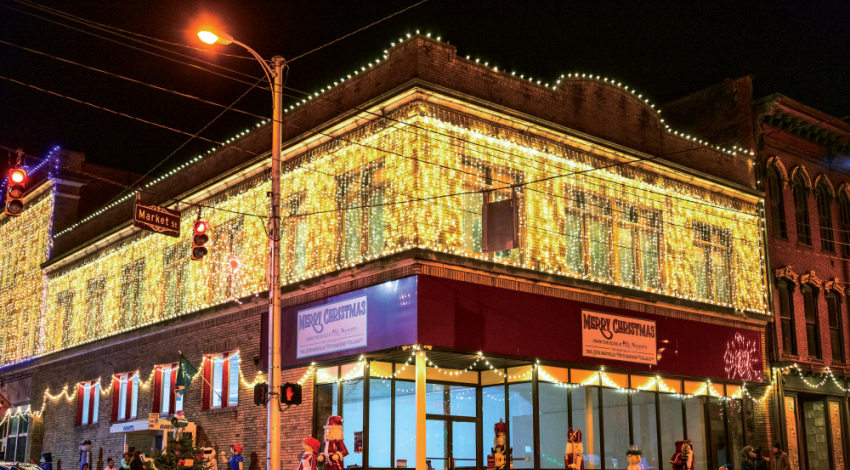In an increasingly digital world, cybersecurity has become second nature to most of us. We lock our phones, use strong passwords, and enable two-factor authentication to protect our personal data. We’re alert for phishing attempts and digital scams that seek to exploit our trust or steal sensitive information. They’re practices that reflect a broader principle: securing what matters.
power grid
January is always a good time to take stock of things — to prepare for what’s ahead in the coming year — and often, your electric cooperative finds a long list of upcoming events and things to consider as we try to make sure we’re ready for whatever comes our way. Our list seems to be a little shorter this year, but that doesn’t mean we have less to do or less to worry about. We have some important long-term goals that we need to make progress on to ensure that we can continue to provide the reliable and affordable electric service that you’ve come to expect.
In June of 2022, after fierce storms ripped through the region, areas in and around Columbus were hit with power outages. Residents flocked to cooling centers as temperatures soared into the 90s.
That emergency balancing act is known by many names, including “intermittent outage” or “forced outage,” but is most commonly called a “rolling blackout.” It can happen when a peak in electricity use — usually during extremely hot or extremely cold weather — coincides with significant gaps in the generation or transmission of electricity, says Ben Wilson, director of power delivery engineering for Buckeye Power, which supplies electricity to Ohio’s electric cooperatives.











